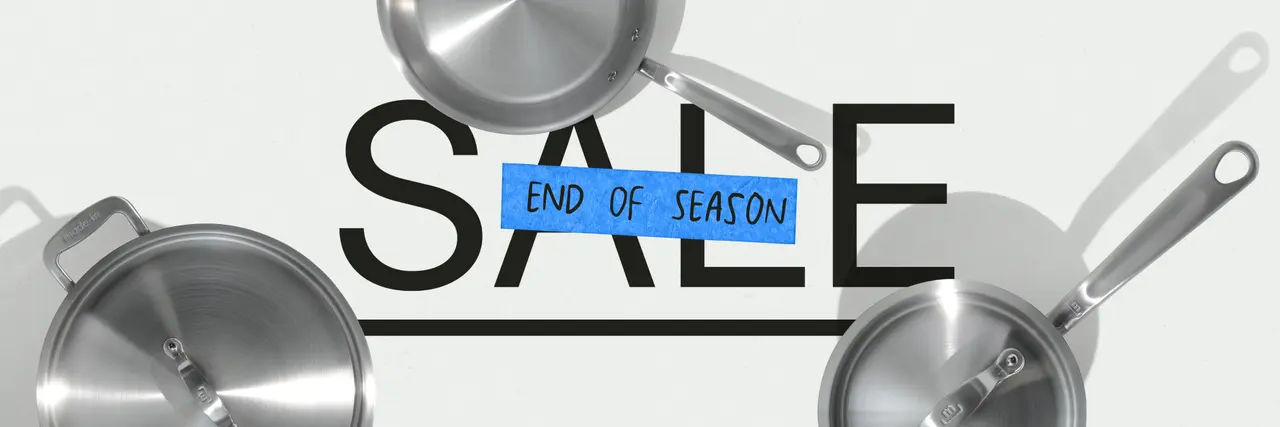So many choices, so little time. Easy-chicken recipes are all over the internet, but which one is best for you (and your appetite)? Here are our top techniques for cooking chicken dishes for every night of the week.
Chicken is such a refreshingly simple and versatile protein. It goes great with veggies, rice, pasta, potatoes—practically every side dish you can cook up. But then again, there’s the dreaded decision-making dilemma: To fry or sear? Boil or broil? On the stove or in the oven? Tackling this dinnertime staple has got us in a poultry panic.
We’ve narrowed it down to four fantastic cooking methods that every home chef can handle. Consider the necessary preparation, process, tools and various types of cuisine associated with each technique, and with a little practice, you’ll be clucking up some spectacular gourmet grub.
1. Fabulously fried
Perfect plates: Chicken and waffles, chicken and biscuits, chicken tenders, tempura chicken
Fried chicken is not only the most beloved, but also the most difficult to execute at home. Most people don’t own an industrial-grade deep fryer, and thus, our homemade fried chicken comes out wet and soggy—basically a McNugget short of edible.
If you want to treat family and friends to this crispy, crunchy, yummy comfort food, you’ll need a couple of key tools. First, always use a heavy-duty stainless steel saute pan to heat oil to sufficient temperature on the stovetop. Bread the breasts, wings or thighs with breadcrumbs, panko or some other crusty alternative, and then fry them until your dredging turns a golden brown.
After blotting away excess oil, here’s your new secret weapon: a wire rack. Finishing the chicken in the oven will ensure the interior cooks through while the exterior stays crunchy. The crisscross pattern of the rack will allow grease to drain away, keeping your fried chicken flawlessly crisp.
Birdy benefits: crispy, juicy, kid-friendly
Poultry pitfalls: greasy, hard to keep hot
Photo Credit: Bon Appetit
2. Boiled in a brothy bath
Perfect plates: chicken noodle soup, chicken stew, chicken chili, chicken tacos, dog-friendly food.
Ever wonder how restaurants are able to churn out perfectly shredded chicken? It’s actually much easier than you’d expect, and also the basis for everyone’s favorite slow cooker sensation: chicken soup. For this method, you’ll need a large stockpot, ideally 8 quarts or larger. In addition to your chicken breasts, thighs, drumsticks and bits, fill the vessel with water or stock, celery, onion, salt, pepper and other flavors that complement your chosen recipe.
After boiling and simmering the poultry until the correct internal temperature (165), remove it, let cool, and proceed to shred chicken using your fingers or a pair of forks. Not in the mood for soup? One little-known tip is to finish off your shredded strips in a hot oiled skillet. This method adds some exterior crispness and a smoky finish that’s perfect for chicken tacos, fajitas, quesadillas or similar Mexican fare.
Birdy benefits: oh-so-easy, extra juicy
Poultry pitfalls: hard to season, borderline boring
3. Pan-seared perfection
Perfect plates: chicken stir fry, caesar salad, pasta dishes, homemade sandwiches
If it’s too cold outside to grill, pan-searing chicken is an amazing alternative. This popular method is relatively simple to implement as long as you have some solid cookware. We recommend using a cast iron grill pan, stainless steel skillet or some other surface with decent stick resistance.
Prep your pan with a little oil, add seasoning as per your favorite recipe, and always use a mallet to pound breasts into ½ inch thick cutlets to promote an even sear across the whole breast. Use a strong, durable spatula or pair of tongs to flip chicken until brown on both sides and cooked through the middle. (Prefer to finish off in the over? Here's our how to cook a chicken breast at home recipe.)
Fun fact: even if you are opting to eat your chicken breast skinless, cooking chicken with the skin on can help retain juices and flavor. You can then remove the skin afterward.
Birdy benefits: minimal prep, quick cooking
Poultry pitfalls: dries out fast, prone to sticking
4. Finished in the oven
Perfect plates: everyday chicken breasts, thighs, quarters and beyond
Whether you’re craving Italian, Asian, Spanish or classic American, pan-seared chicken bodes well for practically any cuisine. Still, its tendency to dry out quickly deters many home chefs. One thing to consider is the style of cut you’re using. Darker segments of meat tend to maintain their juiciness much longer than a lean, clean breast. This is a factor to think about when deciding the best preparation method.
For everyday breasts, quarters or really any style cut, we’ll let you in on a foolproof finishing method. Once you’ve seared the exterior of the chicken on the stovetop, complete the interior cooking process in the oven. By making this transfer, you’ll lock in the juicy, mouthwatering meat while still indulging in the crispy skin we all know and love.
Opt for an oven-safe sauté pan for superior results.
Birdy benefits: golden brown crust, succulent bite
Poultry pitfalls: longer process




















